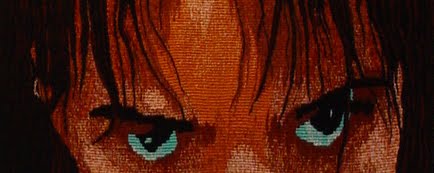 |
| Heirloom Hand-Made Papers |
Last Saturday was the Auckland Area Creative Fibre A.G.M. and I was asked to set up a display table showing the basic process of how to make sheets of re-cycled paper. Making paper from scratch is always a fun activity, and the results look gorgeous. No matter that the ones that include a lot of fresh or dried organic material are more decorative than functional. They always seem so very Victorian and feminine, and are beautiful additions to any craft project that incorporates paper as a decorative element.
 |
| Sampler Booklet |
Keep those photo-paper off cuts in mind next time you are trimming up the edges, and put them aside separately with other better quality papers if you are wanting to make acid-free sheets for exhibition quality drawing or painting.
Also, if you are looking for waste paper to re-cycle, a good source for raw materials are the offices of local law or architect businesses. Their shredded paper waste is usually made up of better quality papers and light card and they are usually o.k. with passing it on for paper-making purposes.
Also, if you are looking for waste paper to re-cycle, a good source for raw materials are the offices of local law or architect businesses. Their shredded paper waste is usually made up of better quality papers and light card and they are usually o.k. with passing it on for paper-making purposes.



